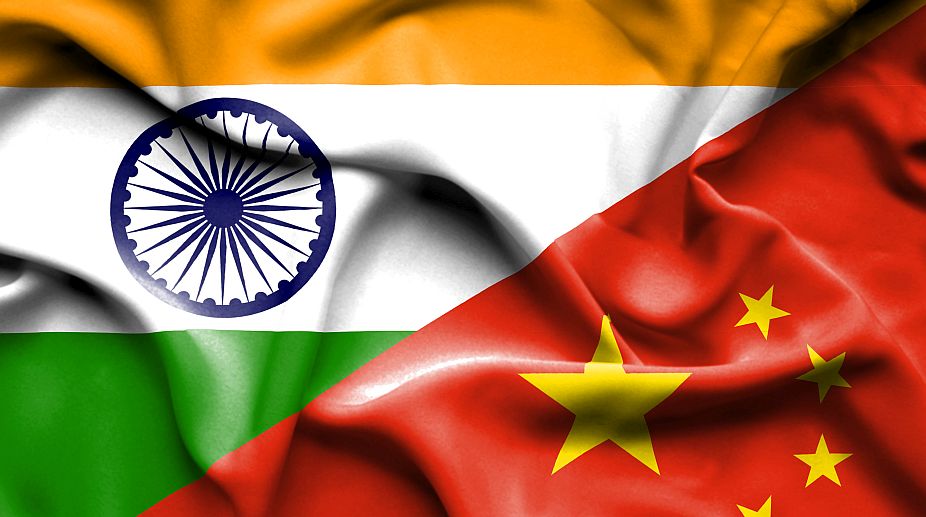CENTRAL BANK OF INDIA AND CHINA KEPT THEIR POLICY UNCHANGED

INDIA
The Monetary Policy Committee (MPC) met on 4th, 5th and 6th August 2021. Based on an assessment of the evolving domestic and global macroeconomic and financial conditions and the outlook, the MPC voted unanimously to keep the policy repo rate unchanged at 4 per cent. The MPC also decided on a 5 to 1 majority to continue with the accommodative stance as long as necessary to revive and sustain growth on a durable basis and continue to mitigate the impact of COVID-19 on the economy, while ensuring that inflation remains within the target, going forward. The marginal standing facility (MSF) rate and the bank rate remain unchanged at 4.25 per cent. The reverse repo rate also remains unchanged at 3.35 per cent.
Indian shares closed higher on Monday on the back of gains in information technology and financial stocks. The Nifty IT index ended 0.44% higher, with Infosys Ltd and Tech Mahindra Ltd rising 0.8% and 1.8%, respectively. The Nifty Bank index and Nifty Private Bank index gained 0.61% and 0.69%, respectively. The blue-chip NSE Nifty 50 index ended up 0.12% at 16,258.25 and the benchmark S&P BSE Sensex was 0.23% higher to 54,402.85.Domestic equities scaled record highs last week and notched a weekly gain of 3% thanks to a string of strong corporate earnings reports and the central bank’s decision to keep interest rates unchanged. Leading the gains on the Nifty on Monday, automaker Mahindra & Mahindra and financial services firm Bajaj Finserv added 2.2% and 1.7%, respectively. Mahindra reported a profit for the first quarter on Friday as demand for passenger vehicles and tractors improved.
CHINA
China’s central bank said on Monday it would keep monetary policy flexible and appropriate to maintain stability as the pandemic persists and domestic economic recovery is uneven. In its second-quarter monetary policy implementation report, the People’s Bank of China said it would keep liquidity reasonably ample and step up support for technology innovation, small firms and the manufacturing sector. “The global epidemic is still evolving, the external environment is becoming more severe and complex, and the domestic economic recovery is still unstable and uneven,” the central bank said.
On the external environment, the PBOC cited a rebound in COVID-19 cases globally and the risk from expected policy shifts in developed countries that could affect cross-border capital flows. It pledged to “grasp the strength and rhythm of policy” according to the domestic economic situation and price trend to maintain the overall stability of the economy.
China is poised to accelerate spending on infrastructure projects while the central bank supports with modest easing steps, as risks from the Delta variant and floods threaten to slow the country’s recovery, policy insiders and analysts said. Effective July 15, the PBOC cut the reserve requirement ratio (RRR) for banks, releasing around 1 trillion Yuan ($6.48 trillion) in long-term liquidity. Analysts expect another RRR cut this year. At the end of June, the excess reserve ratio of Chinese financial institutions was at 1.2%, down 0.4 percentage point lower from a year earlier, the central bank said. The weighted average corporate lending rate was at 4.58% in June, down 0.06 percentage points from a year earlier, it added. China will promote the healthy development of capital markets and better protect the interests of investors, the central bank said.
The SHANGHAI increased 22 points or 0.62% since the beginning of 2021, according to trading on a contract for difference (CFD) that tracks this benchmark index from China.


